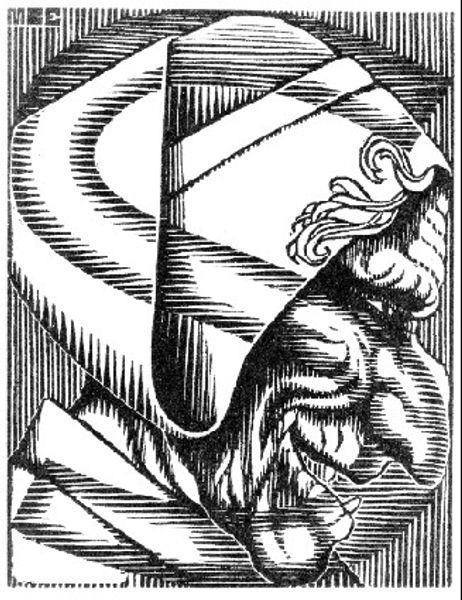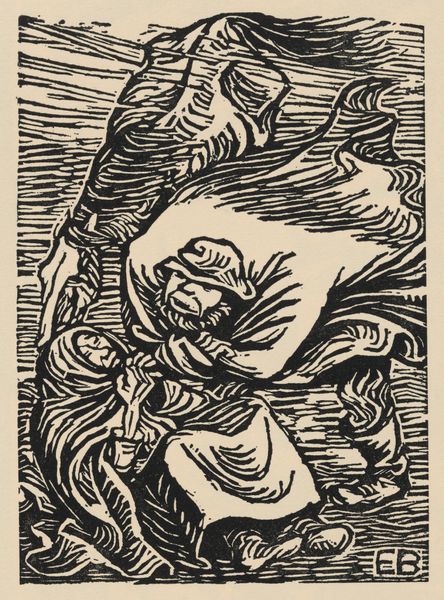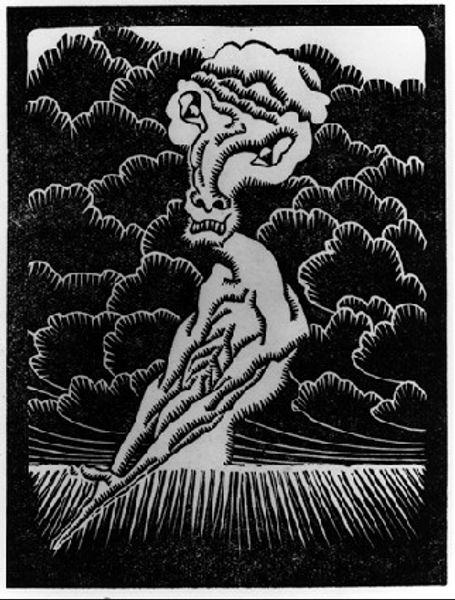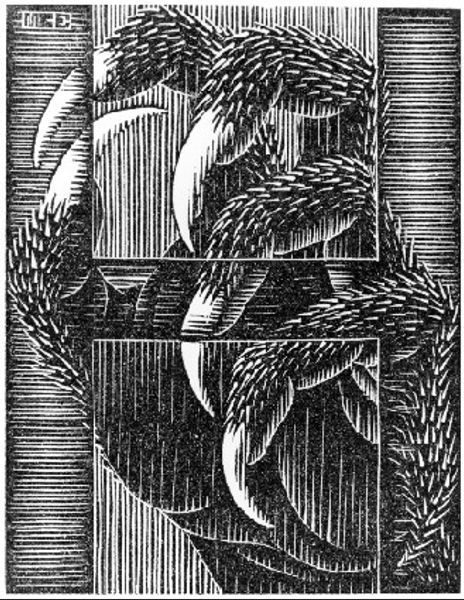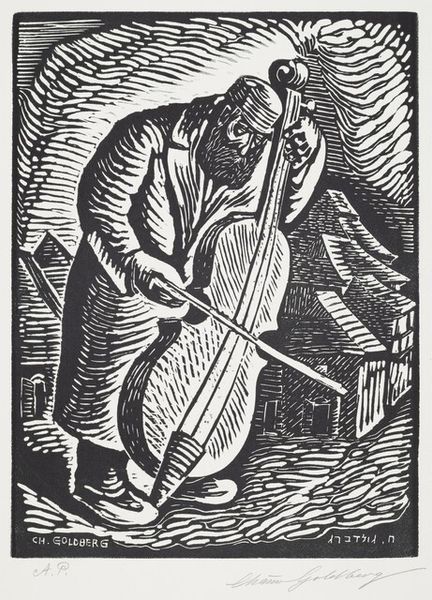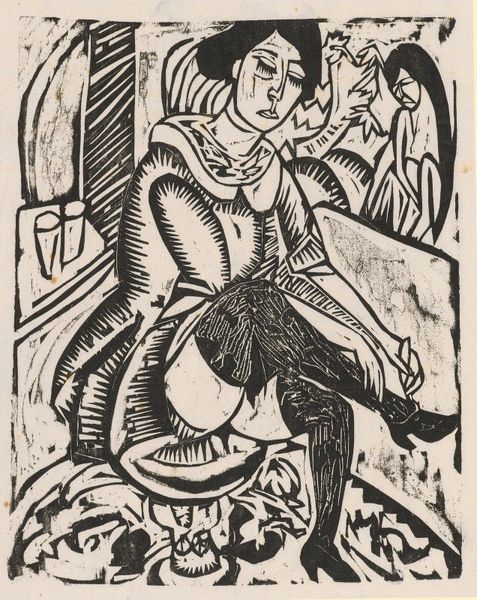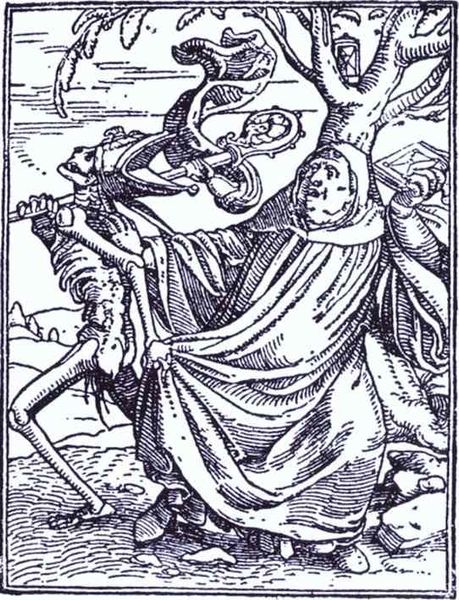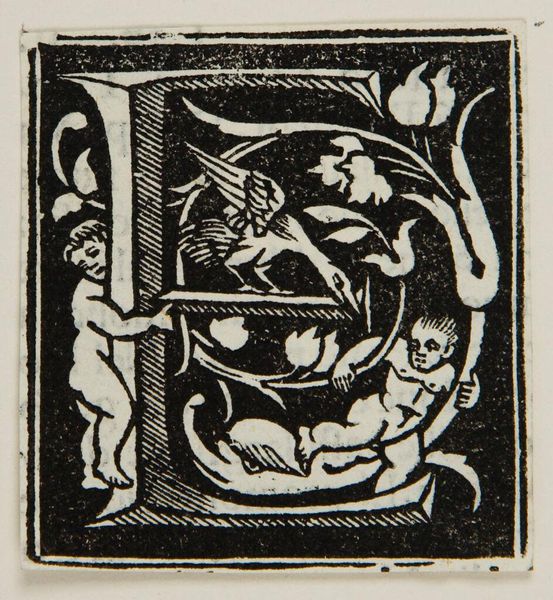
print, woodcut
# print
#
lined art
#
landscape
#
figuration
#
form
#
female-nude
#
expressionism
#
woodcut
#
line
#
nude
#
early-renaissance
Copyright: Public domain US
Curator: This woodcut, titled "Bather," was created by Raoul Dufy in 1908. The bold lines create a really striking visual impact, don't you think? Editor: Absolutely, the high contrast really grabs the eye. The entire scene seems almost… agitated, even though the figure herself has a serene posture. I'm particularly struck by the use of the dense lines in the landscape—they feel almost claustrophobic. Curator: I see what you mean about agitation. The landscape mirrors the lines on the body, like ripples. For me, this tension speaks volumes about Dufy's relationship with early modernism, where anxieties about industrialization and the natural world often surface. Think of the labor required for this style of art production! The planning, the carving... the sheer physical effort involved in creating these stark contrasts through printmaking. Editor: And those anxieties manifest as more than just process; look at the figure! Surrounded by all those sharp, angular forms of nature, she is clearly a symbol for the female form as integrated in nature. Her rounded lines are an obvious juxtaposition with the more chaotic geometric ones. This almost recalls ancient fertility goddess figures in the way that nature seems to be "bursting forth" all around her. Curator: Exactly! There's this beautiful contrast at play between her vulnerability and the strength of the woodcut medium itself. The material process brings attention to a timeless subject, and in doing so makes a commentary about the relationship between industrial life and an artistic rendering of the female nude, Editor: Agreed. Considering the artwork as a whole and those traditional roots makes it feel so full. There’s the ancient goddess figure and the landscape which can allude to primordial forces. So, despite the early modernist and industrial production considerations, it's all a great display of classic, feminine imagery. Curator: So well said! It’s impressive to see such layered ideas expressed so dynamically through materiality, line, and form. Editor: Yes! It's incredible how a seemingly simple image, rendered in a challenging material like a woodcut, can convey so much about nature, the figure, culture and its historical anxieties and dreams.
Comments
No comments
Be the first to comment and join the conversation on the ultimate creative platform.
